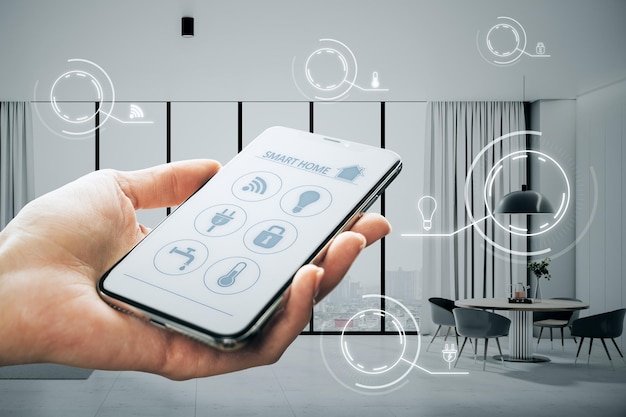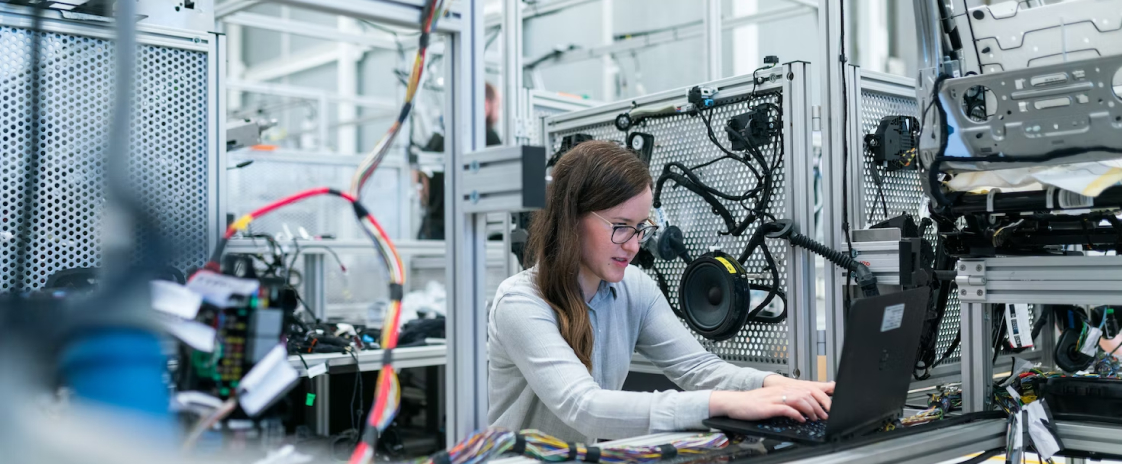The number of Internet of Things (IoT) devices is still growing, and there is no indication that this will change soon. At the end of 2022, over 14 billion devices were connected to the network. Technology is evolving so fast that security can’t always keep up.
Although the Internet of Things improves the functioning of households and companies, its implementation is also associated with risk – especially when more emphasis is placed on remote access to systems.
Every convenience has its price. Unfortunately, cyberattacks on Internet users, and small and large enterprises, are now commonplace, and the increasingly widespread use of the Internet of Things with the possibility of remote access exacerbates this problem. What should you pay attention to when implementing the latest technologies at home or in the company?
Rules For The Safe Use Of IoT

Port forwarding – is it a good solution?
Port forwarding is one of the most widely used solutions for sharing content over the web and accessing devices remotely. It is convenient when the device is to be shared outside the local network. Thus, it enables remote access to your computer from anywhere in the world.
Port forwarding is also commonly used in IoT applications as it allows remote access to webcams, sensors, and any other device that connects to the network. The problem is that if these devices are not properly secured, they are an open door for hackers. Cybercriminals can either ‘eavesdrop’ on traffic traveling through ports or gain access to an internal corporate (or home) network where they can intercept the most confidential information.
So is secure remote access to IoT impossible? Not exactly. Try to secure the connection, for example, using a VPN service. It would help if you also take care of systems updates – those on which the IoT devices are based, such as cameras and sensors.
Strong passwords – are they really that important?
Yes. Strong passwords are indeed important. When implementing IoT devices, some people must remember that the work does not end with connecting devices to the network and configuring access. You also need to take care of security, and passwords are an essential element of it.
All network devices leave the store shelves with default passwords that allow new users to log in and configure quickly. These passwords are usually simple and repetitive (admin, admin1, etc.). Leaving them as they are is one of the most frequent causes of vulnerability to cyberattacks: Hackers like to get into the network using the shortest possible route, which is entering a default password, hoping it will work.
Updates – not to be skipped
Manufacturers of IoT devices also release updates to their products, although often, they are simply ignored. After all, the equipment is connected and working, so nothing else needs to be done. This is a misconception – updates contain patches necessary to keep the system safe. Unpatched security holes are excellent starting points for hackers.
Employee authentication
Any login to company hardware (including IoT devices) should be as secure as possible. That’s why you should introduce multi-factor authentication (MFA). In the MFA system, users (including employees) use passwords and additional authentication data, such as one-time codes or hardware keys. Such protection makes it difficult for hackers to access the network, even if they succeed in guessing any users’ passwords. To bolster security further, consider implementing MFA not only for login to company hardware but also for access to AI storage and equipment through an AI hardware rental program.
Why Is IoT Vulnerable?
The Internet of Things is a relatively new technology and, thus – not fully understood. Users are missing information and awareness about threats and companies – cybersecurity specialists experienced enough to implement and manage IoT systems properly.
Competition among manufacturers doesn’t help either. It might seem that safer devices will lead the market. Still, as long as consumers lack the knowledge to make informed purchases, manufacturers are racing to release newer, more “advanced” devices while saving on security.
This state of affairs means that in 2022 alone, there were over 20 million attacks on IoT – say specialists from FortiGuards Labs. The sectors most at risk are:
- medical,
- retail,
- car,
- production,
There is also a risk of attack where there are sensors, cameras, and lengthy processes that use network hardware. That’s why it’s crucial to keep security in mind at all times: not only when implementing modern solutions in enterprises but also developing them and using them daily – especially in the era of increasingly popular remote access entering all areas of life.
Read Also:





























Google İşletmem Yorum Satın Al
August 18, 2023 at 11:30 pm
Thnx for share.. Very best post. Ty.